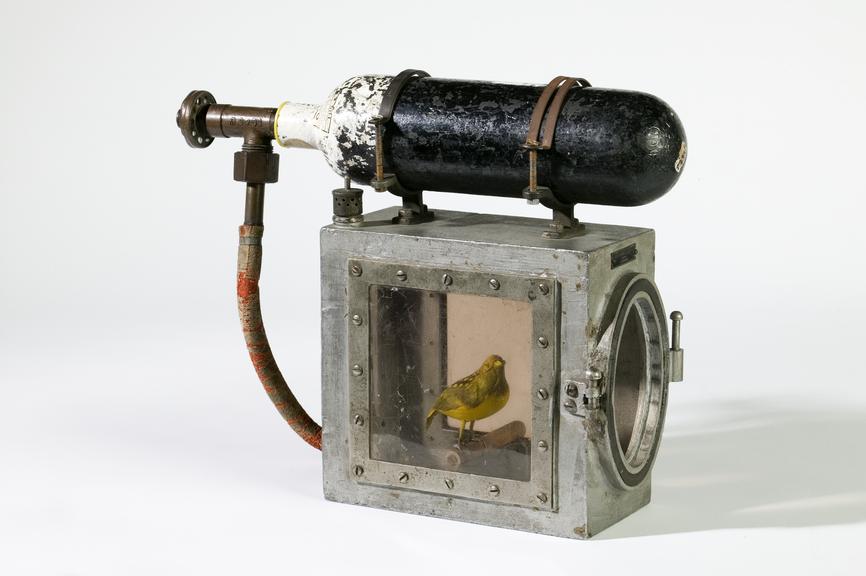Breathing is a silent killer. You can breathe in tasteless, colorless and odorless toxins that are found everywhere. You can’t detect them, but other creatures can. This was especially a problem in underground mines. As humans tend to do, we adjust to survive. We just learned how with an unlikely ally, canaries.
Canaries need large amounts of oxygen to fly, so their bodies allow them to breathe extra all the time. This makes canaries perfect chemical detectors. Canaries have large personality changes when lacking oxygen, which lets miners know to leave.
Now, keep in mind, that mines are dark, cold, and generally very lonely. These miners would go into the coal mines with their tools, work for hours on hours in this abyss, and go home. One of the tools was a happy little bird in a cage. Because of the solitude, miners would normally get very attached to the little life-saving birds.
When a canary reacts to the toxic air, it stops singing, and even potentially falls off of its perch. Miners would not stand by without assurance that their little friends would be okay. Eventually, a humane way of reviving these pets quickly was formulated. The invention of the canary reviver was credited to a man named John Haldane in 1896.
A canary reviver was kept on most mining locations, which would act as a mercy to these beloved pets. It was invented for the sole purpose of helping canaries. From the reports of wear and tear, it is evident that these machines were used often. The determination of miners to save their pets opened the door for many other reviving veterinary practices.
While the canary resuscitator was not the only driving force, it was a trustworthy and revolutionary breakthrough. Having its official invention in 1896, this early form of revival was a grand development. It was then followed by the first successful electrical defibrillation method for animals, which was discovered and proven in 1899.
While not all of our struggles are not always easily overcome, this solution teaches us to look outside the box. Maybe, even, to look in a canary cage.









